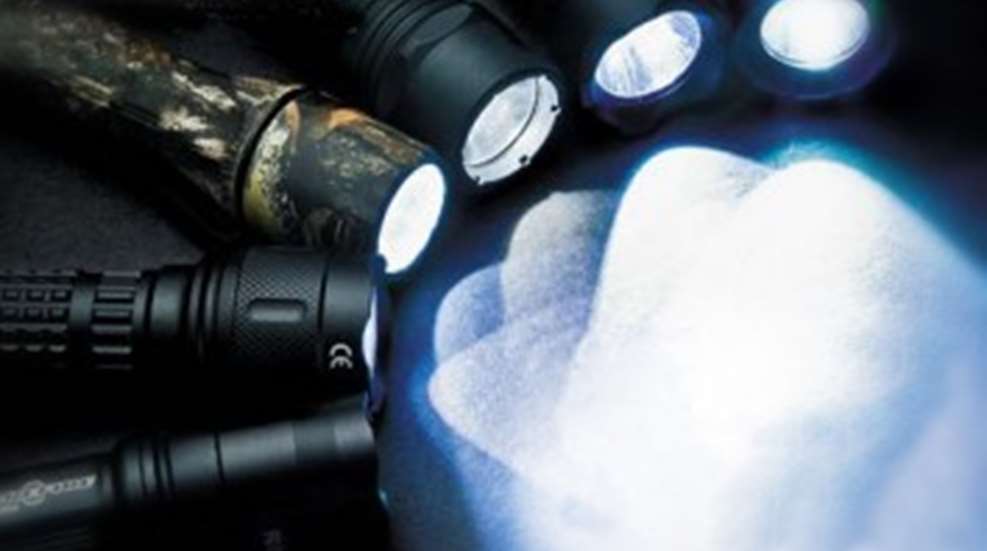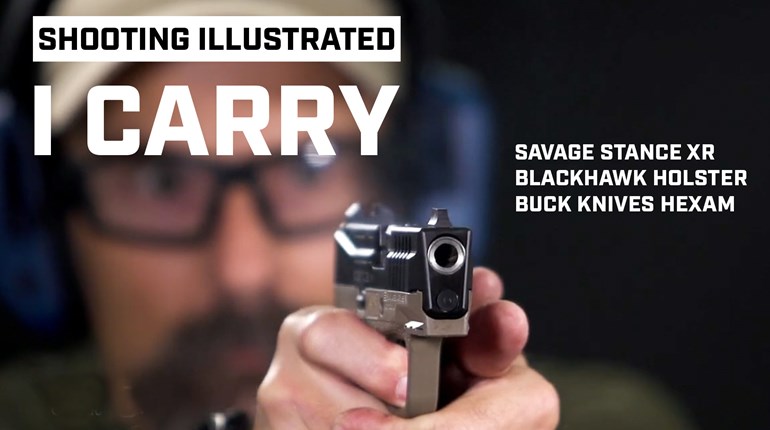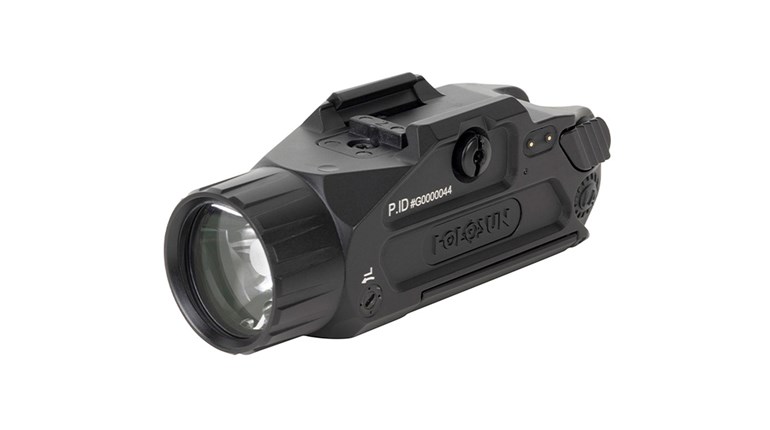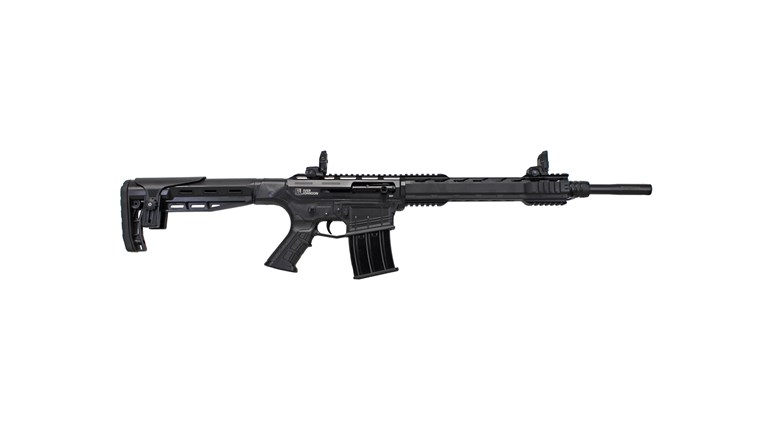
It was pure genius. I was approaching that ugliest stage of adolescence—the one where no adult could be trusted, your dumbest friend appeared to have a higher IQ than that of your mother and father combined, and trouble was lurking around every corner.
That was the year my parents gave me my first shortwave radio. Then came all the books about antenna design, Morse code and hours of listening to transmissions from faraway and exotic locations. Within months the top of the house was crisscrossed with long-wire antennas, tuned by length for different, albeit heterodyne-infected, frequencies.
I didn't get out much those years. My parents knew where I was nearly all the time and although my friends were polite enough to claim it was cool, they really didn't care about the principles as long as they could listen to a rock-and-roll station out of Netherlands that had all the greatest tunes long before they ever hit our shores.
I still love electronics, one of the reasons I enjoy today's generation of tactical flashlights. Without an electrical engineering degree the odds are pretty good I'll never quite understand what's going on inside these little marvels, but like my teen friends who'd crowd around scratchy 8-ohm speakers on Friday afternoons, the results are what really counts.
Why the Price?
One of the biggest causes of bulb or LED mortality is voltage spike, which can result when you turn on any switch (the energy is often released suddenly). If you've worked on circuits like I did with the radio or thrown an aged household switch, you've probably witnessed it as a spark jumping across the contacts.
That voltage spike is notorious for killing flashlight bulbs—whether equipped with a traditional switch or one of the pressure-activated, screw-on mechanisms. Although it's not nearly as fatal for today's high-output LEDs, it can still be deadly.
If a tactical light fails at the worst possible moment, the consequences could be catastrophic. As a result most of today's manufacturers go to great lengths to tame voltage spike by including dedicated circuitry designed to do precisely that—one reason today's tactical lights aren't $1.99.
Radiation and Reflection
The reflector surrounding the light emitter on a high-end flashlight is much more than simply a shiny piece of metal. The light source is strategically positioned in the parabolic reflector to concentrate the light in a single direction with little scatter. LEDs are pretty flat, while bulbs ride high, which means the reflector for one light source will not be as efficient for the other.
As a result, a good tactical flashlight produces even downrange coverage. Today's lenses also transmit light more efficiently and are usually scratch resistant.
LEDs are more efficient than incandescent bulbs because the amount of visible light produced compared to the heat generated is significantly higher. That's one of the primary reasons battery life will usually be significantly longer in tactical flashlights that use LEDs.
However, both styles of "bulb" produce heat that can shorten the life of everything, including a bulb's filament and the voltage-management circuitry. To remedy the problem, the housing that surrounds the bulb or LED in metal flashlights often does double duty as a heat sink—effectively radiating away the problem.
Well Housed
Today's generation of CR123 lithium batteries are compact compared to the old C- and D-sized monsters. They also store an incredible amount of energy, despite their size, as evidenced by the run times.
Keeping them out of harm's way can be a challenge though, especially in a handheld unit that's going to be subjected to downright abuse. During a factory tour of SureFire several years ago I witnessed the CNC machines the company employs to craft its flashlight bodies out of aircraft-grade aluminum—to the same exacting tolerances other companies produce pistol slides. Others use high-tech polymer or other space-age materials, but waterproof performance is nearly industry standard. And it's not to easy to seal a lens, a battery compartment you're going to be opening periodically or the switching system.
Here are a few of the latest models available, all well worth the investment.
Leupold MX Modular Flashlight
The Leupold MX Modular Flashlight is unusual. It allows you to choose from four different bezels, each designed for a particular application. When the test light arrived it carried the company's MX-300 version attached to a 3-cell main tube, the MX-030. This particular bezel is termed "the hunter," and it allows the true-white LED to be operated at three output levels. It can even optically signal S.O.S. at an output of 25 lumens. You simply rotate a ring that encircles the bezel to change output or function. Run time with the 3-cell tube at the highest output is 4.5 hours and 75 hours when dialed all the way down. If you prefer a shorter, less bulky setup, the MX-020 main tube is a two-battery option. The tail switch can be operated as a momentary on-off button, or depressing it fully activates the light until you press the button again. There's also a lockout feature to prevent the flashlight from inadvertently coming on during transportation, which could drain the batteries. All switches are big enough to be operated easily with gloves. Made from aircraft-grade aluminum and fully waterproof to four atmospheres, the MX Modular Flashlight is tough enough to survive years of abuse.
Blackhawk Legacy X6-P
It's lightweight, thanks to polymer construction, and uses uses a xenon bulb (although an upgraded version is available with an LED as well). The switch is easy to operate, even with gloves on, and purchase is solid. Metal gets pretty cold in the winter, so I've grown to appreciate well-made polymer-bodied flashlights.
Blackhawk Ally PL3 XTR
This aluminum flashlight has a tough look in a small package. Getting the switch to go to constant mode was tougher than the others, but that's an advantage in a stressful situation. All of the lights tested had momentary and constant switching.
Pelican PM6 3330 LED
Available in a variety of colors, including easy-to-locate neon yellow, the PM6 is a great polymer option. The switch doesn't fight back and the unit is very light.
SureFire E1 Backup
It's hard to beat SureFire quality, and nothing has been compromised in this tiny aircraft-grade aluminum package. Of note is the Backup's "melted" contour, which eliminates sharp edges that could snag on clothing, and the two-way pocket clip that allows the light to be carried bezel up or bezel down.
Insight Technology H3X Regulus
This was the biggest light tested. Unlike the others, turning on the constant lighting mode didn't result in that reassuring click I've grown accustomed to. In a tactical situation that may be an real advantage, assuming the assailant is in another room. It's constructed of anodized aluminum.






































